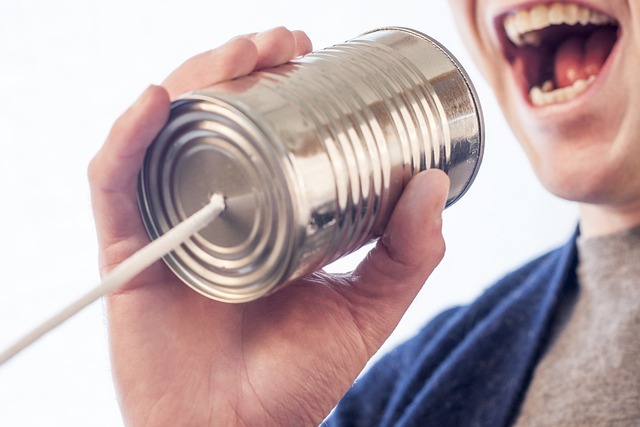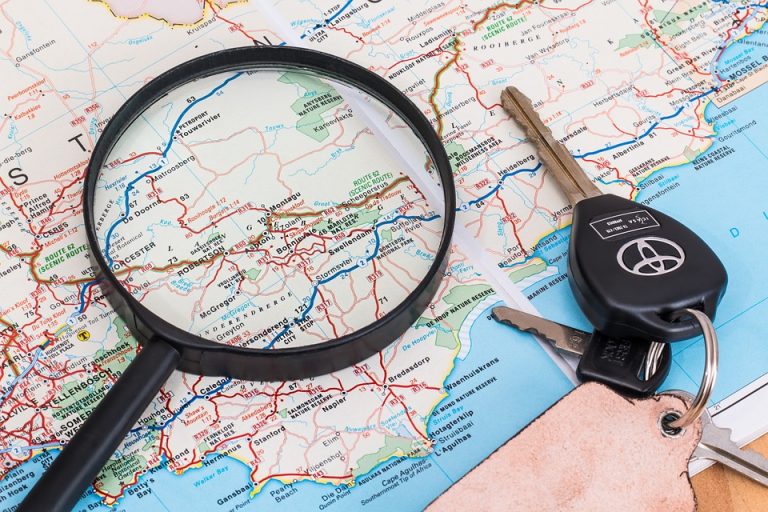When it comes to emergency preparedness, communication is often an overlooked but crucial aspect of ensuring the safety and well-being of individuals and communities. Whether you’re facing natural disasters, medical emergencies, or other unforeseen crises, effective communication can make all the difference in coordinating response efforts, disseminating critical information, and minimizing panic. In this article, we’ll explore the vital role of communication in emergency preparedness and provide insights into how individuals and communities can enhance their communication strategies to be better prepared for emergencies.
Establishing Communication Plans
One of the first steps in emergency preparedness is to establish communication plans. These plans should outline how individuals and organizations will communicate before, during, and after an emergency. Key elements to consider include:

- Emergency Contacts: Compile a list of essential contacts, including family members, neighbors, and local emergency services. Ensure that everyone knows how to reach these contacts and establish a central point of contact for family members who may be separated during an emergency.
- Communication Methods: Identify various communication methods, such as text messaging, phone calls, and social media, and determine which ones will be most reliable during different types of emergencies. Consider alternative methods, like two-way radios or satellite phones, in case traditional communication channels fail.
- Meeting Points: Establish designated meeting points for family members or colleagues to regroup in the event of an evacuation. Ensure that everyone knows the locations and how to get there safely.
Staying Informed
Effective communication during emergencies also relies on staying informed about the situation. Keep these strategies in mind:
- Emergency Alerts: Sign up for local emergency alert systems, which can provide critical information directly to your phone. These systems may include weather alerts, Amber Alerts, and notifications about local disasters.
- Radio and TV Updates: In situations where power and internet access are disrupted, battery-powered radios and portable TVs can provide valuable information from emergency broadcasts.
- Official Websites and Apps: Monitor official websites and mobile apps of local government agencies, emergency management offices, and organizations like the Red Cross for real-time updates, safety guidelines, and evacuation orders.
Building a Support Network
Community support networks play a pivotal role in emergency preparedness. Neighbors helping neighbors can make a significant difference during times of crisis. Consider these community-focused communication strategies:
- Neighborhood Watch Programs: Join or establish a neighborhood watch program to foster communication and cooperation among neighbors. These groups can help disseminate information and provide assistance during emergencies.
- Community Outreach: Get involved in local community organizations, such as volunteer fire departments or disaster response teams. These groups often have established communication channels and can be valuable resources during emergencies.
- Social Media and Online Groups: Join local social media groups or online forums dedicated to emergency preparedness in your area. These platforms can provide a space for sharing information, resources, and support.
Practicing Communication Drills
Communication plans and strategies are only effective if they are tested and practiced regularly. Conducting communication drills with family members, neighbors, or colleagues can help identify weaknesses in your plans and improve response times during emergencies.
- Role-Playing Scenarios: Simulate different emergency scenarios and practice how you would communicate and respond. This can help ensure that everyone understands their roles and responsibilities.
- Testing Equipment: Regularly check and maintain communication equipment, such as two-way radios, emergency phones, and battery backups, to ensure they are functional when needed.
In emergencies, effective communication can be a lifeline. It is not just about having the right tools and plans in place but also about practicing and maintaining those plans to ensure they work when needed most. By establishing communication plans, staying informed, building support networks, and regularly practicing communication drills, individuals and communities can enhance their preparedness for any emergency situation. Remember, in times of crisis, clear and timely communication can save lives.


